France is getting its first exascale supercomputer – and it's named after an early French AI pioneer
The Alice Recoque system will be be France’s first, and Europe’s second, exascale supercomputer
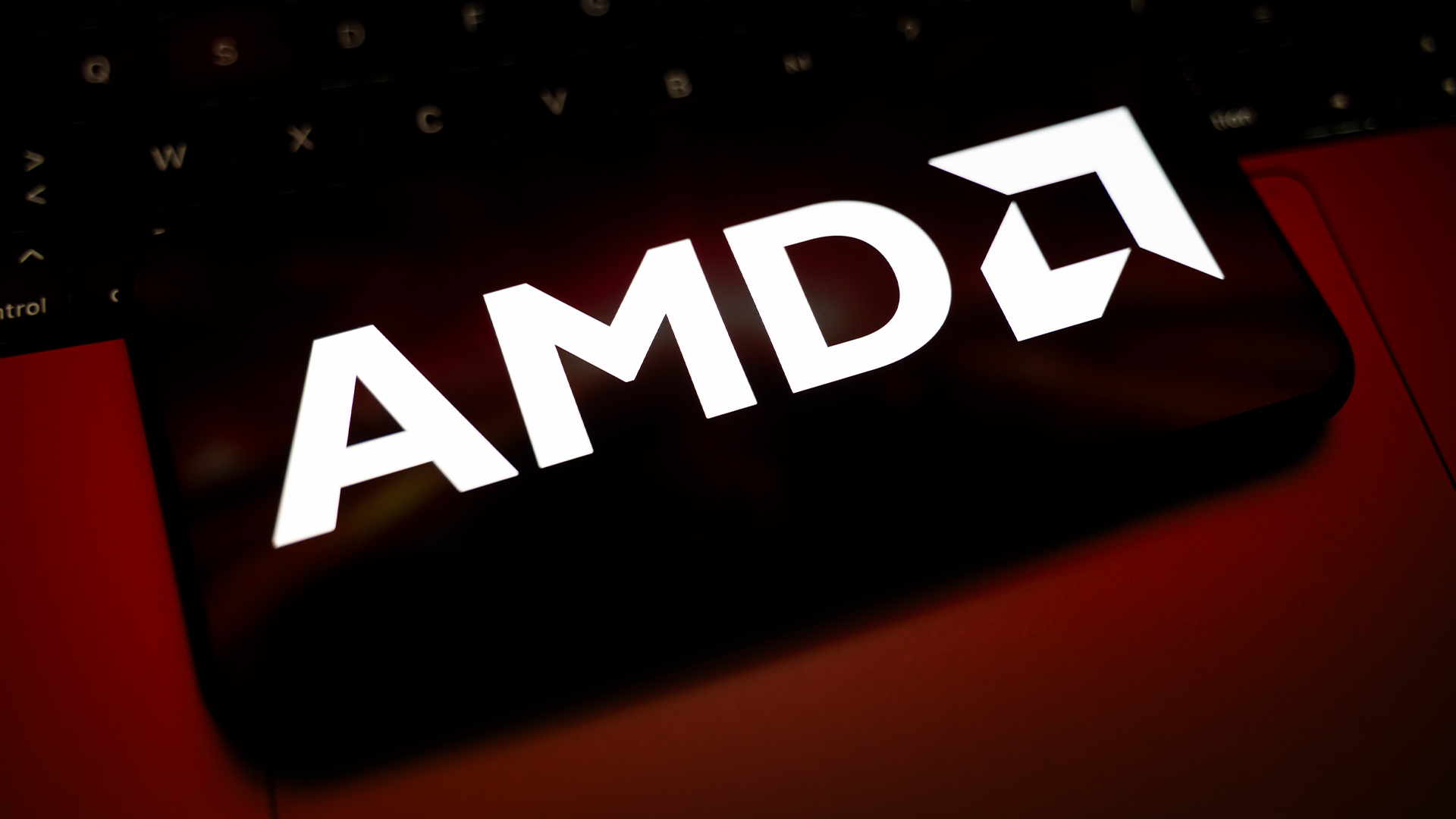

France is set to deploy its first exascale supercomputer following a deal between AMD and Eviden, part of Atos Group.
Named Alice Recoque after the pioneering French computer scientist, the new exascale system will serve as an ‘AI Factory’ operated by the French Alternative Energies and Atomic Energy Commission (CAE).
Development of the supercomputer is set to cost €554 million ($638.85 million), with investment secured via the European Union’s EuroHPC Ju initiative and additional support from the Digital Europe Programme (DEP and the Jules Verne Consortium.
In an announcement confirming the project, Dan McNamara, senior vice president and general manager for compute & enterprise AI at AMD, said the new system will help drive the “next generation of innovation” in AI and high-performance computing (HPC).
“The Alice Recoque supercomputer represents a major step forward for European sovereign AI, uniting national ambition, regional collaboration, and AMD’s high-performance and AI compute technologies,” he said.
“Through our continued collaboration with EuroHPC JU, the Jules Verne Consortium, and Eviden, we are proud to support Europe’s scientific and industrial leadership with a platform purpose-built for scale, efficiency and discovery."
Under the hood of the Alice Recoque supercomputer
The Alice Recoque supercomputer will be equipped with next generation AMD “Venice” EPYC CPUs, unveiled in April this year, alongside AMD Instinct MI430X GPUs.
Sign up today and you will receive a free copy of our Future Focus 2025 report - the leading guidance on AI, cybersecurity and other IT challenges as per 700+ senior executives
Each GPU boasts 432 GB of HBM4 memory alongside 19.6 Tbit/sec of bandwidth, AMD revealed.
Elsewhere, a new MI400 Series accelerator will power the system, which AMD said has been specifically engineered for “sovereign AI and scientific computing”.
Underpinning AMD's hardware is Eviden’s BullSequana XH3500 high-performance supercomputing platform, including its Argos software to optimize energy efficiency.
All told, the duo said Alice Recoque will be capable of reaching exascale computing speeds with “fewer resources and reduced energy consumption rates”, establishing it as one of the most efficient systems in Europe.
Indeed, the system uses 25% fewer racks and components compared to other exascale systems, also boasting 50% better energy efficiency rates per GPU.
“Composed of 94 racks, Alice Recoque is expected to be one of the top supercomputers in Europe for double-precision HPC workloads,” AMD said in a statement. “It will also offer exceptional memory performance enabling deeper insights, faster simulations, and more scientific breakthroughs.”
“Eviden’s architecture will enable Alice Recoque to deliver maximum performance at minimum cost and power, to meet Europe’s demanding green computing goals.”
What will the supercomputer be used for?
Once operational, the new exascale system will be used to tackle some of Europe’s “most pressing societal, scientific, and industrial challenges”, according to AMD.
This will include projects focusing on climate modelling, digital twin simulations, advanced materials research, and development of next-generation AI models.
Emmanuel Le Roux, group SVP and global head of advanced computing and AI at Eviden, said the new system marks “another critical step” in bolstering European supercomputing capabilities.
“As a catalyst for scientific and industrial breakthroughs, from climate modeling and healthcare to advanced materials and AI innovation, it will empower researchers and industries across Europe,” Le Roux commented.
“Born from a shared European vision, this AI Factory reflects on what we can achieve collectively toward a common goal. Eviden is fully dedicated to its success, bringing deep expertise, a collaborative spirit, and a long-term dedication to responsible technological leadership.”
The announcement marks the latest in a string of supercomputing announcements from AMD in recent years. Hardware developed by the company currently powers 40% of the top 10 fastest supercomputers in the world.
This includes El Capitan, housed at the Lawrence Livermore National Laboratory, as well as Frontier, the world’s first exascale system housed at Oak Ridge.
Make sure to follow ITPro on Google News to keep tabs on all our latest news, analysis, and reviews.
MORE FROM ITPRO
- Inside Isambard-AI: The UK’s most powerful supercomputer
- Nvidia just announced new supercomputers and an open AI model family at SC 2025
- HPE's new Cray system is a pocket powerhouse

Ross Kelly is ITPro's News & Analysis Editor, responsible for leading the brand's news output and in-depth reporting on the latest stories from across the business technology landscape. Ross was previously a Staff Writer, during which time he developed a keen interest in cyber security, business leadership, and emerging technologies.
He graduated from Edinburgh Napier University in 2016 with a BA (Hons) in Journalism, and joined ITPro in 2022 after four years working in technology conference research.
For news pitches, you can contact Ross at ross.kelly@futurenet.com, or on Twitter and LinkedIn.
-
 Big tech looks set to swerve AI regulations – at least for now
Big tech looks set to swerve AI regulations – at least for nowNews President Trump may be planning an executive order against AI regulation as the European Commission delays some aspects of AI Act
-
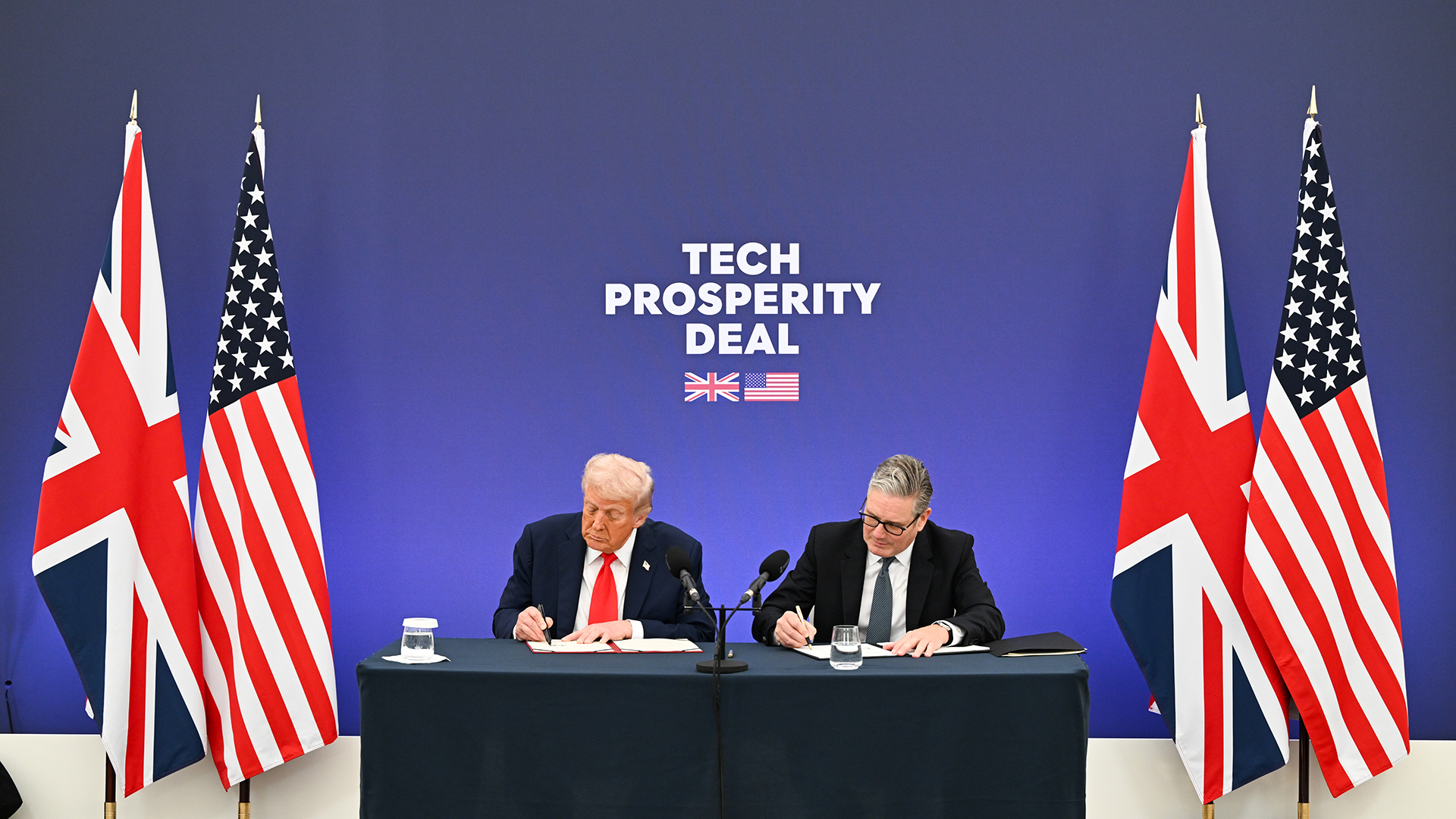 How US businesses come out on top in the Tech Prosperity Deal
How US businesses come out on top in the Tech Prosperity DealIn-depth What does the future hold for US and UK businesses after the two nations agree on a landmark technology deal?
-
 Nvidia just announced new supercomputers and an open AI model family for science at SC 2025
Nvidia just announced new supercomputers and an open AI model family for science at SC 2025News The chipmaker is building out its ecosystem for scientific HPC, even as it doubles down on AI factories
-
 US Department of Energy’s supercomputer shopping spree continues with Solstice and Equinox
US Department of Energy’s supercomputer shopping spree continues with Solstice and EquinoxNews The new supercomputers will use Oracle and Nvidia hardware and reside at Argonne National Laboratory
-
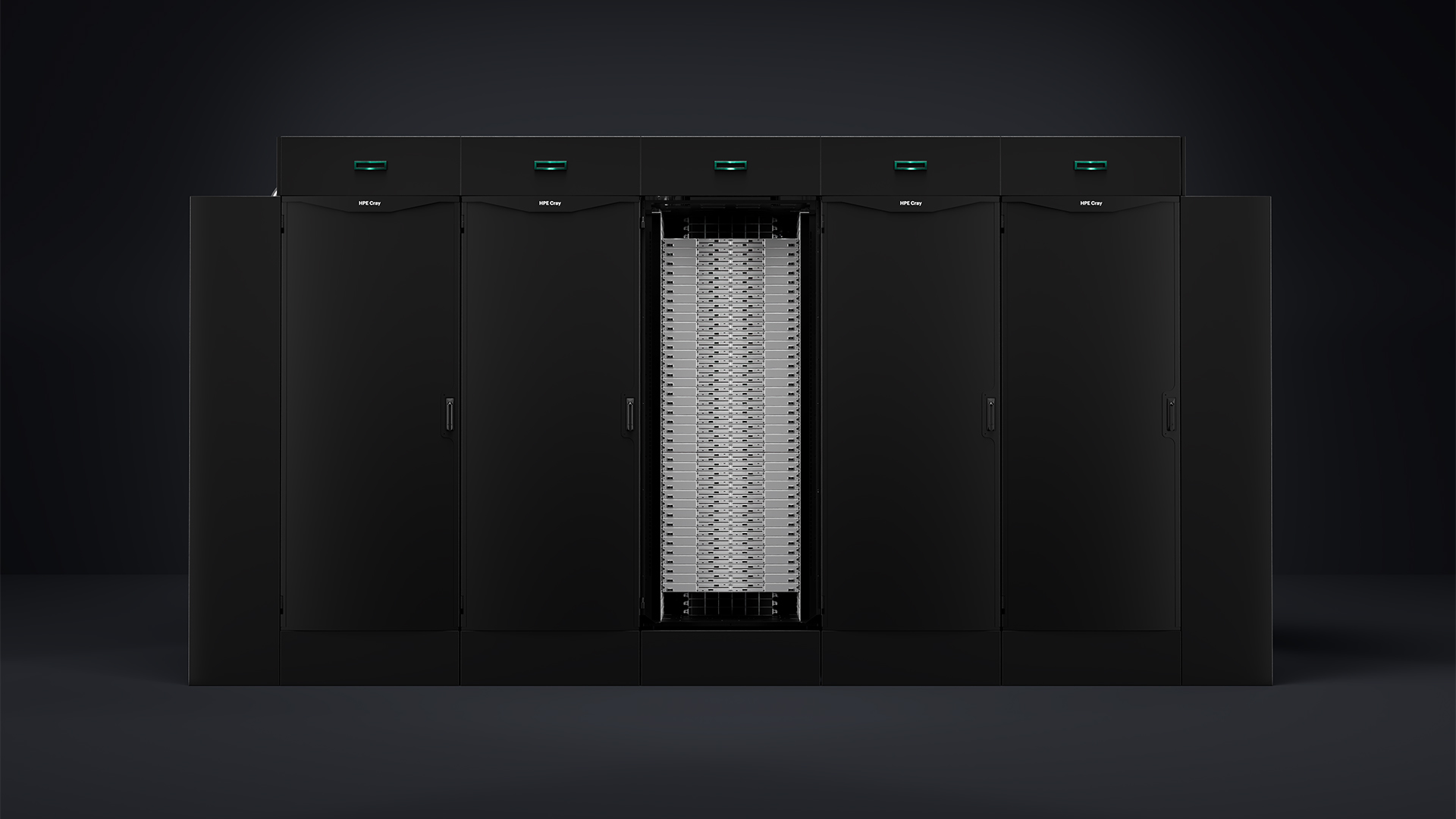 HPE's new Cray system is a pocket powerhouse
HPE's new Cray system is a pocket powerhouseNews Hewlett Packard Enterprise (HPE) has unveiled new HPC storage, liquid cooling, and supercomputing offerings ahead of SC25
-
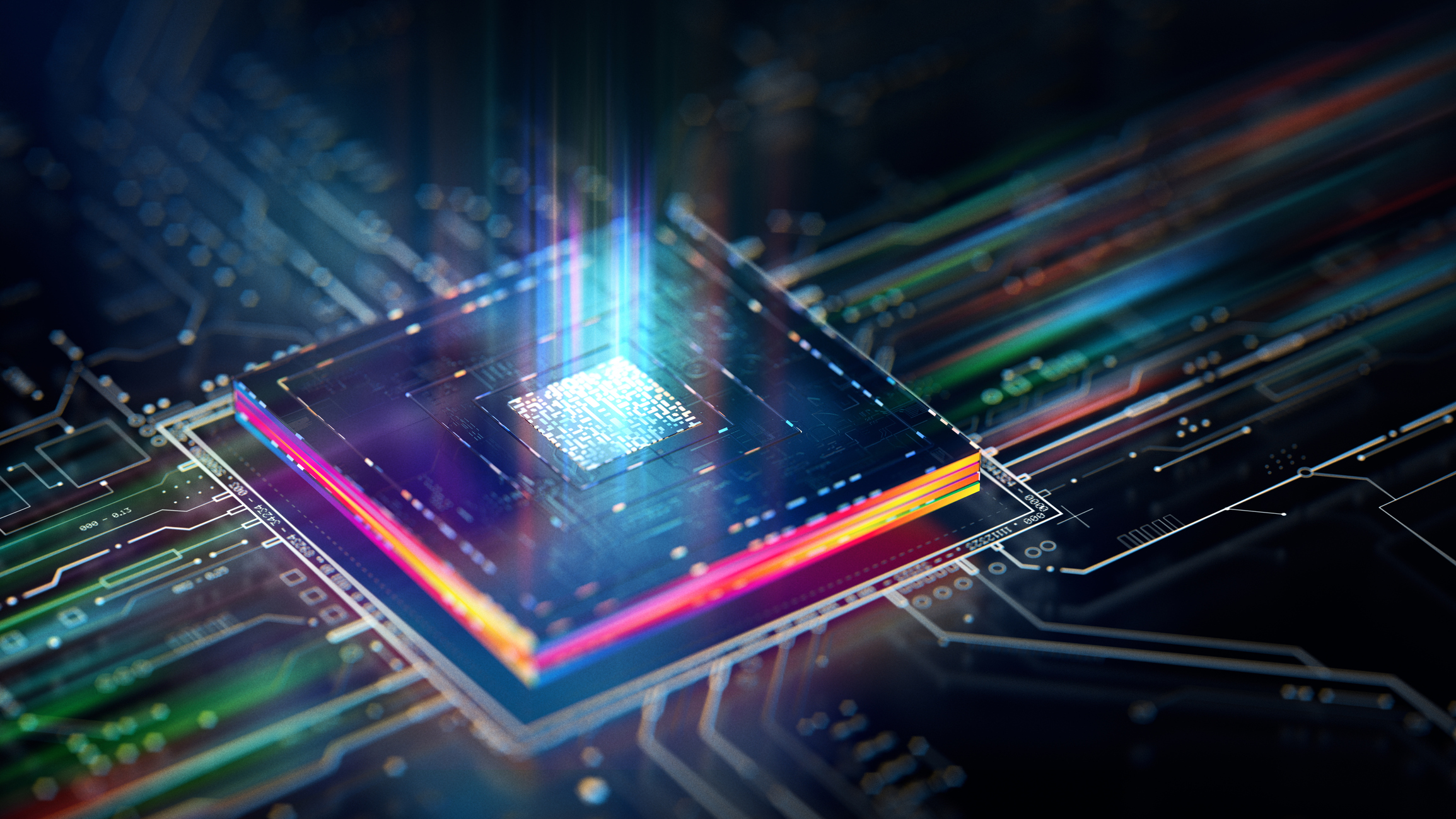 The role of the CPU in the AI era
The role of the CPU in the AI eraSupported The backbone of enterprise AI, CPUs are the unsung heroes of inference
-
 Supercomputing in the real world
Supercomputing in the real worldSupported From identifying diseases more accurately to simulating climate change and nuclear arsenals, supercomputers are pushing the boundaries of what we thought possible
-
 Discover the six superpowers of Dell PowerEdge servers
Discover the six superpowers of Dell PowerEdge serverswhitepaper Transforming your data center into a generator for hero-sized innovations and ideas.
-
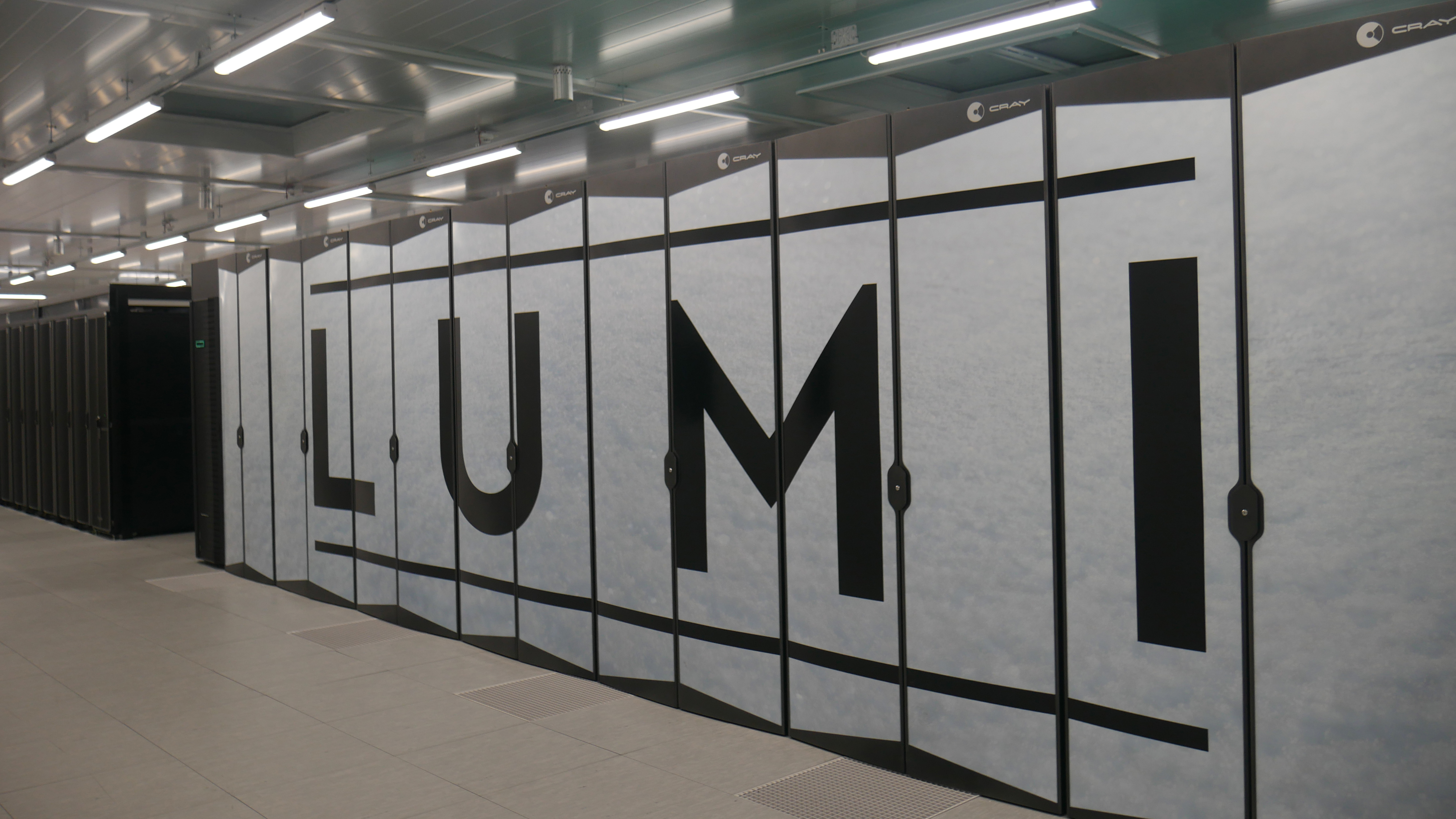 Inside Lumi, one of the world’s greenest supercomputers
Inside Lumi, one of the world’s greenest supercomputersLong read Located less than 200 miles from the Arctic Circle, Europe’s fastest supercomputer gives a glimpse of how we can balance high-intensity workloads and AI with sustainability
-
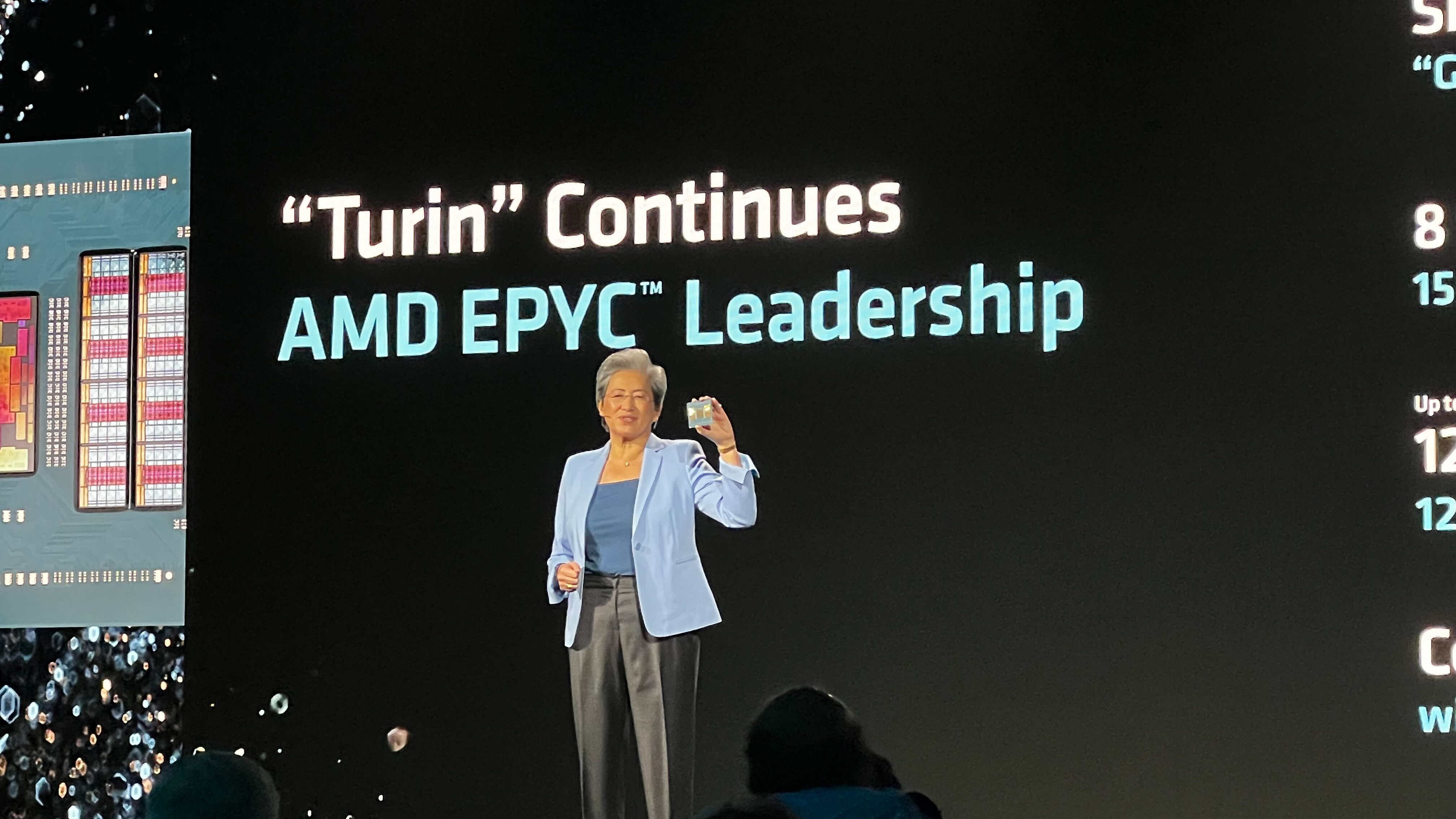 AMD eyes networking efficiency gains in bid to streamline AI data center operations
AMD eyes networking efficiency gains in bid to streamline AI data center operationsNews The chip maker will match surging AI workload demands with sweeping bandwidth and infrastructure improvements